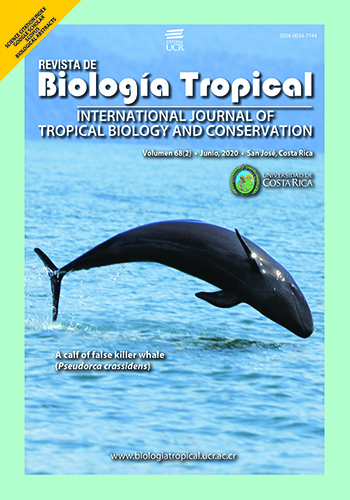Abstract
Introduction: Places with high species diversity have high linguistic diversity, whereas areas with low species diversity tend to have low linguistic diversity. Objective: To characterize the intriguing relationship between biological and cultural diversity, a correlation that has been discussed at a global scale, but here tested for the first time in Mexico. Methods: We compiled exhaustive databases on both endangered species and endangered languages, and reviewed available literature on Mexico’s biocultural diversity with a focus on endangered and critically endangered species and languages. Results: With 364 living languages, Mexico is the world’s fifth most linguistically diverse country, but 64 of these languages are facing a very high risk of disappearance and 13 have already disappeared. Mexico is also the fourth most biologically diverse country, but 1 213 species of its flora and fauna are threatened with extinction and at least 127 species were recently extinct. Conclusions: Indigenous peoples are custodians of much of the world’s biocultural diversity. As the world grows less linguistically and culturally diverse, it is also becoming less biologically diverse. Mexico’s biological and linguistic diversity show strong geographic overlap, with the states of Oaxaca, Chiapas, Veracruz, Guerrero, and Michoacán harboring most species and most languages. Similarly, Mexico’s biodiversity hotspots mirror language hotspots, and areas with the highest number of endangered species overlap with areas where the endangerment of languages is also the highest.
##plugins.facebook.comentarios##

This work is licensed under a Creative Commons Attribution 4.0 International License.
Copyright (c) 2020 Alonso Miguel Prendas Vega; Omar Vidal






